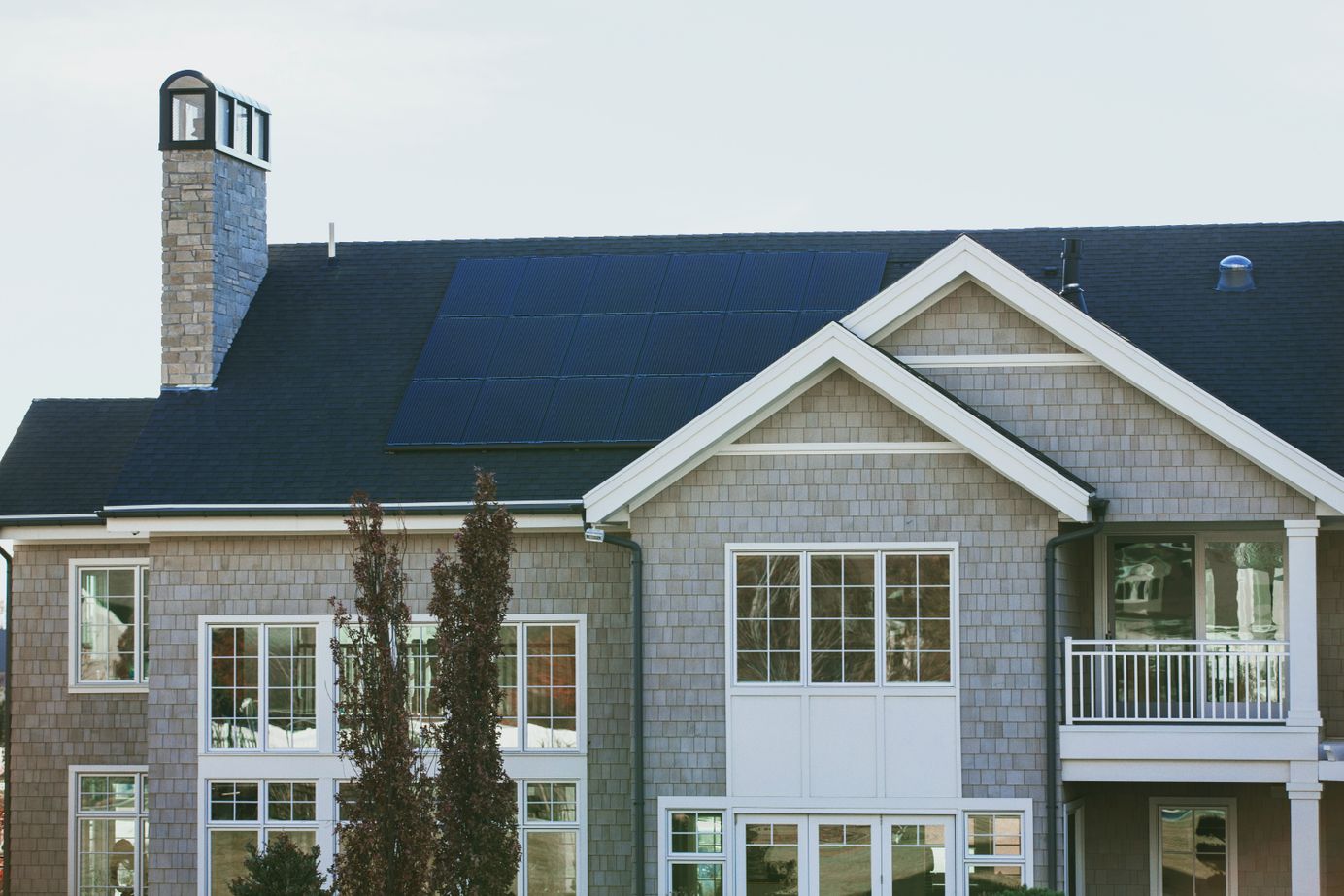
The Differences Between the 15- and 30-Year Fixed-Rate Mortgages
Borrowers can choose from a variety of mortgage types, but the most common are the 15- and 30-year fixed-rate mortgages.
Borrowers can choose from a variety of mortgage types, but the most common are the 15- and 30-year fixed-rate mortgages.
The Mortgage Defined
A mortgage is a type of loan, secured by a specified real estate property as collateral, used to finance a house.
Mortgage loans can be either fixed-rate or variable-rate.
What is the difference between a fixed-rate and variable-rate mortgage?
A fixed-rate means the interest rate—the percentage of the borrowed amount, or principal, charged by a lender to a borrower—remains the same for the life of the loan. A variable rate, also known as an adjustable-rate, periodically rises or falls to reflect the changes in the Consumer Price Index.
Fixed-rate mortgages will charge the same interest rates year after year. Borrowers can expect small variances with their monthly payments due to taxes and insurance. However, both the principal and interest amounts will remain the same for the entire repayment term.
Variable-rate mortgage payments do fluctuate as the rate adjusts periodically. These types of loans tend to make monthly payments unpredictable.
Differences Between the 15- and 30-Year Fixed-Rate Loans
The obvious difference between the 15- and 30-year fixed-rate mortgages is the term, which affects the length of the amortization schedule. This difference in term length is one factor that has a significant effect on the total cost of the loan. The other is the interest rate.
Tellus Tip
Amortization is the gradual repayment of a loan over time. A shorter amortization schedule means borrowers will pay down their loan faster.
Interest Rates
Because banks view long-term loans as riskier, 30-year mortgages often come with higher interest rates than 15-year mortgages. As of November 2019, the 30-year fixed mortgage rate is 3.78%. The average rate for a 15-year fixed rate mortgage is 3.18%. The interest rate, in addition to the size of the loan amount, will affect your monthly payments.
Monthly Payments
For many borrowers, the lower payments of 30-year loans make it a comfortable option. 15-year monthly mortgage payments are higher, which may be unfeasible for homeowners with a tight budget. At first glance, 30-year mortgage loans appear cheaper. However, faster amortization and lower interest rates make 15-year loan options more affordable over time.
Let’s take a look at the difference in monthly payments for the same loan size of $300,000.
| Loan Term | Interest Rate | Monthly Payment | Total Cost |
|---|---|---|---|
| 15-Year Loan | 0 | 0 | 0 |
| 30-Year Loan | 0 | 0 | 0 |
Loan Size
The maximum loan a borrower can qualify for with a 15-year term can often be less than the amount for long-term loans. The higher monthly payments of these short term loans can increase your debt-to-income (DTI) ratio. Borrowers who wish to “buy more house” generally choose 30-year loans, not just for the lower monthly payments, but also for the higher maximum loan sizes.
Equity Building
Equity is the difference between what you owe and your home’s value. You see a boost in equity when your property value increases and your loan balance decreases.
The combination of a speedier amortization schedule and less interest over time allows homeowners with 15-year mortgage loans to build equity faster. The action of reducing a loan principal and increasing a home’s value, thereby slowly building wealth, is also known as forced savings.
Tax Deductions
Mortgage interest is 100% tax deductible. Homeowners can expect a much larger tax deduction from a 30-year mortgage on their home because of the higher interest payments. Borrowers who would benefit from additional write-offs, such as high earners and independent contractors, may find the 30-year mortgage loan is a better option as it decreases an individual’s tax liability.
Should you get a 15- or a 30-year fixed-rate mortgage?
The best choice depends on the borrower’s financial situation, goals, and the current market. For example, long-term loans like the 30-year mortgage offer flexibility of liquidity because of the lower monthly payments. Liquidity is the ability to convert an asset or security into cash. A homeowner who takes a 30-year mortgage over a 15-year mortgage would have more cash on hand for unexpected life events, investments, and ordinary consumption because that money is not tied to high monthly payments. This flexibility allows borrowers of 30-year mortgages to use the extra cash to pay more towards the principal, which can help them capture similar savings earned from shorter term loans. When cash is tight for the month, borrowers can then return to paying their normal monthly payments. A savvy investor may use the additional savings from smaller payments and invest them in high-yielding securities.
Tellus Tip
Confirm with your lender if there are prepayment penalties before making principal-only payments or paying off the principal balance early. Remember, lenders are in the business of making money through loan interest.
Despite these benefits of a 30-year loan, borrowers may want to pay off their mortgage loan quickly. For example, a homeowner planning for an early retirement may find a 15-year mortgage loan makes more financial sense. Some experts even recommend 15-year mortgage loans to borrowers who are financially stable and have at least a year’s worth of savings.
In the case of a real estate investor, short-term loans with high monthly payments can increase their DTI, making financing another rental property more difficult. These high payments would also cut into the cash flow required to operate their rental property.
Finally, current market rates can influence which term borrowers will choose. If interest rates are attractively low, many prospective homeowners may select the 30-year mortgage loan and take advantage of its higher liquidity and lower monthly payments.
Determining which is the better option will require answering questions about your unique position and what you hope to achieve in the future. An upcoming retirement, savings goals, change in employment, or even plans to move in the near future can influence you to pick one loan term over the other.
Review of Pros and Cons
15-Year Mortgage Loans
Advantages
- Lower interest rates
- Larger money savings
- Faster amortization
- Faster equity building
Drawbacks
- Higher monthly payments
- Higher debt-to-income ratio
- Smaller maximum loan size
- Smaller tax deductions
30-Year Mortgage Loans
Advantages
- Lower monthly payments
- Buys “more house”
- Bigger tax deductions
- More flexibility of liquidity
Drawbacks
- Higher interest rates
- More costly over time
- Slower amortization
- Slower equity building
Final Word
The most common mortgage loans are the 30- and 15-year loans. They have a similar structure, but the term length affects the interest rates and monthly payments. Determining a better choice depends on the borrower, their financial situation, and goals.








